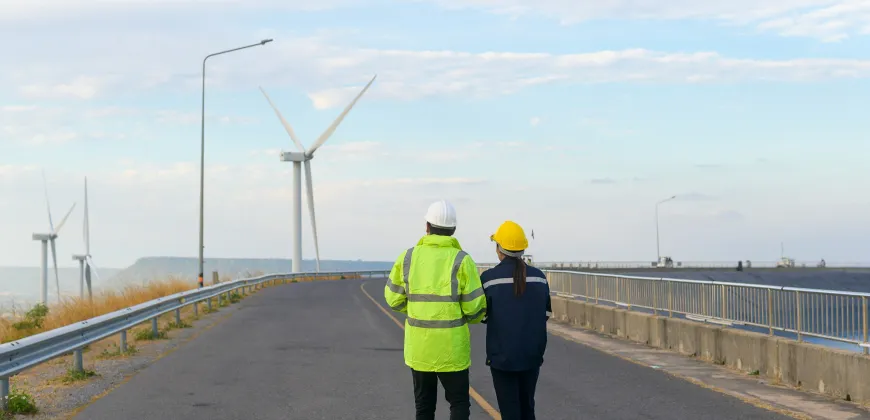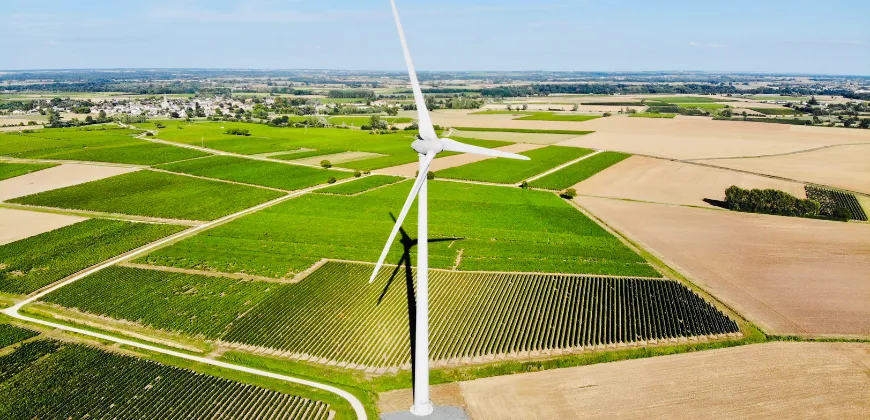Accelerating our transition to a sustainable energy future

Clean Energy Engineering: Industry Challenges By Vladan Prodanovic, director of the MEL in Clean Energy Engineering
Globally, we remain very dependent on fossil fuels for electricity, heat production and transportation. With increasing concern regarding the wide-ranging negative impacts of the climate crisis, there’s a lot of pressure from government and the public to take action on how we as a society produce and use energy. There are many solutions within our reach, and each has its advantages and challenges.
Producing energy from renewable sources like solar, wind or tides is becoming more prevalent, and with it comes the need for parallel advances in developing resilient grids that can absorb fluctuations and advancing effective energy storage solutions.
Here in BC, there’s a big push for electrification of many different aspects of our industrial and transportation activities, and this too generates a range of technical, social and environmental issues. Researchers in the field of sustainable energy are working on a myriad of activities, reflecting the fact that a transition away from a fossil-fuel economy will affect every aspect of our life and every industry sector. Positioned as we are within this transition period, there’s a need to think strategically about the most promising areas for change – areas that will enable momentum to build. Some solutions may be closer to hand than others, and it would benefit us all to quickly implement these solutions to raise awareness that even small initiatives can have a large impact if and when there are enough of them. There are several postgraduate programs that educate professionals keen to make a difference in this sector.
What separates the Master of Engineering Leadership in Clean Energy Engineering program from others is our belief that the ability to develop and implement the scope of technical solutions needed to achieve change requires a new kind of professional.
We strongly believe that future leaders in this sector must have a comprehensive understanding of the technical issues, but that this is not enough. They must be excellent communicators. They need to know how to listen to a community, and how to convey complex ideas to the general public, organizations and policy makers. They need an understanding of business strategy and change management. Those who integrate this combination of skills are more likely to be successful in seeing the uptake and adoption of sustainable energy solutions. Our graduates are contributing their knowledge to a broad range of applications within the sustainable energy sector. They are working on initiatives in energy supply and storage, carbon capture, the energy transition in diesel-powered remote communities, and demand side energy-efficiency measures at the community or industrial level, as well as on energy policy and governance issues. No matter where they work, they are contributing their multidisciplinary technical skills and their strengths in in business, leadership and communication. Bridging multiple areas, they are able to communicate ideas effectively to multiple stakeholders and the wider community so that people better understand what’s desirable and possible as we transition to a sustainable energy future.






